Proactive vs. Reactive Burnout: A CAREU2 Blog Post
Since the onset of the COVID-19 pandemic in early 2020, those in the helping professions have faced a significant increase in workload.
In response to a survey in 2022, 38% of U.S. licensed psychologists stated that they were working more than they did before the pandemic1.
In the same year, nearly half (45%) of licensed therapists reported feeling burned out, with similar levels reported in previous years - 41% in 2020 and 48% in 20212.
Burnout has since become a buzzword, often used to describe exhaustion or feeling overwhelmed. While these are symptoms - burnout involves much more.
Defining Burnout
The World Health Organization (WHO) defines burn-out as an “occupational phenomenon.” Burn-out is defined in the ICD-11 as follows:
“...a syndrome conceptualizing as a result from chronic workplace stress that has not been successfully managed. It is characterized by three dimensions:
Feelings of energy depletion or exhaustion;
Increased mental distance from one’s job, negativity or cynicism related to one’s job; and
Reduced professional efficacy.
Burn-out refers specifically to phenomena in the occupational context and should not be applied to describe experiences in other areas of life.”
Understanding Burnout in the Helping Profession
As described by the ICD-11, burn-out is a state of physical, emotional, and mental exhaustion that comes from chronic workplace stress. These symptoms can be heightened for helping professionals as they spend their days listening, guiding, and holding space for their clients. It can be incredibly difficult after a long day of sessions to not bring your client’s issues home with you. Some common causes of burn-out include chronic stress, feeling a lack of control over your work, and having an excessive workload. Burn-out can have several consequences - leading to physical and mental health impacts, productivity and performance issues, and effects on your personal relationships and overall well-being.
Anyone in any profession can experience burnout. However, for individuals in the helping profession, where compassion and empathy are key components of your daily work–it’s especially important to prioritize your own mental health and well-being. As a helping professional, listening to and supporting others can leave you feeling mentally exhausted and trained at the end of the day.
Addressing Burnout: Proactive vs. Reactive Self-Care
Self-care is a common topic of discussion within the helping profession, but it’s essential to understand the differences between proactive and reactive approaches.
Proactive Self-Care is what prevents us from getting burnt out or becoming extremely stressed out. These are regular behaviors that we incorporate into our daily lives - a part of our daily routine that keeps us feeling grounded and sane. Here are some examples of ways you can incorporate proactive self-care into your day-to-day:
Scheduling intentional time off from work
Only working within designated hours
Taking uninterrupted breaks for your meals
Engaging in regular exercise (whether that’s walking outside, practicing yoga, or attending on of your favorite group fitness classes)
Practicing mindfulness or meditation
Reactive Self-Care is what we turn to when we are already feeling burnt out or stressed. It addresses immediate needs to alleviate stress and manage exhaustion. This is what most people think about when they think about self-care. Examples include:
Taking a walk to clear your mind
Watching your favorite show
Preparing a nutritious meal
Connecting with friends or loved ones
Getting enough rest
Conclusion
Understanding the causes and your individual signs of burnout is the first step towards addressing it. By incorporating both proactive and reactive self-care practices, you can manage your stress more effectively and maintain mental well-being. Prioritizing your own self-care and setting healthy boundaries in your work are crucial to sustaining the passion you have for helping others. By taking care of yourself, you are able to ensure that you can continue to show up fully for your clients.
Source: https://www.apa.org/pubs/reports/practitioner/2022-covid-psychologist-workload
